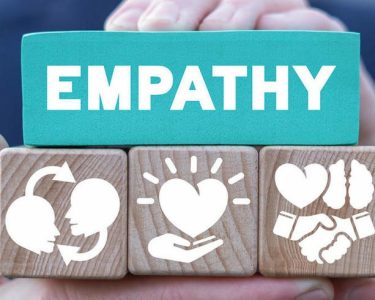In the pursuit of health and happiness, individuals often embark on a journey of self-discovery, seeking practices and techniques that align with their unique needs and preferences. While mindfulness has gained considerable popularity in recent years, it is crucial to acknowledge the multitude of paths that can lead to improved well-being. This article delves into the transformative power of both mindfulness and movement, showcasing how embracing diverse approaches can contribute to a balanced and fulfilling life.
The Rise of Mindfulness
Mindfulness, rooted in ancient contemplative traditions, has emerged as a powerful tool for managing stress, improving mental clarity, and fostering overall well-being. Its popularity in contemporary society can be attributed to the extensive research highlighting its positive effects on mental health. By bringing attention to the present moment and cultivating non-judgmental awareness, individuals can better navigate the challenges of daily life and develop a deeper understanding of themselves.
Mindfulness practices such as meditation, deep breathing exercises, and body scans offer individuals an opportunity to quiet the mind, reduce anxiety, and increase self-awareness. By acknowledging their thoughts and emotions without attaching judgment or clinging to them, practitioners can develop a sense of emotional resilience and gain a greater understanding of their own patterns of behavior. The practice of mindfulness has been shown to improve focus, enhance emotional regulation, and increase overall life satisfaction.
The Power of Movement
While mindfulness encourages stillness and introspection, movement provides an equally transformative path towards health and happiness. Engaging in physical activities not only strengthens the body but also nurtures the mind and spirit. From yoga and dance to jogging and team sports, movement offers a range of options for individuals to explore and find what resonates with them.
Exercise releases endorphins, often referred to as “feel-good” hormones, which can alleviate stress, boost mood, and increase energy levels. Regular physical activity has been associated with numerous physical and mental health benefits, including improved cardiovascular health, enhanced cognitive function, and reduced symptoms of depression and anxiety. Movement not only helps individuals maintain a healthy weight and prevent chronic illnesses but also offers a sense of accomplishment, self-expression, and connection with others.
Integrating Mindfulness and Movement
While mindfulness and movement may seem like separate practices, they can be seamlessly integrated to promote a holistic approach to well-being. Engaging in physical activities mindfully can deepen the connection between the body and mind, allowing individuals to fully immerse themselves in the present moment.
By practicing mindful movement, individuals can cultivate a greater awareness of bodily sensations, breath, and movement patterns. Whether it’s feeling the rhythm of their footsteps while running, experiencing the flow of their breath during yoga, or embracing the sensation of their muscles engaged in dance, mindful movement enables individuals to tap into a deeper sense of presence and embodiment. It offers an opportunity to develop a compassionate and non-judgmental relationship with one’s body, fostering a positive self-image and promoting overall self-care.
Exploring Different Paths
In the pursuit of health and happiness, it is essential to explore different paths and find what resonates with our unique needs and preferences. Mindfulness and movement represent two powerful avenues that can lead to a balanced and fulfilling life. However, it is crucial to acknowledge that these are not the only paths available. Other approaches such as creative expression, nature immersion, and social connection can also contribute significantly to our well-being.
By embracing diverse practices and remaining open-minded, individuals can build a toolbox of techniques that cater to their holistic needs. It’s essential to remember that each individual’s journey is unique, and what works for one person may not work for another. By cultivating self-awareness and actively exploring different paths, we can uncover the practices




